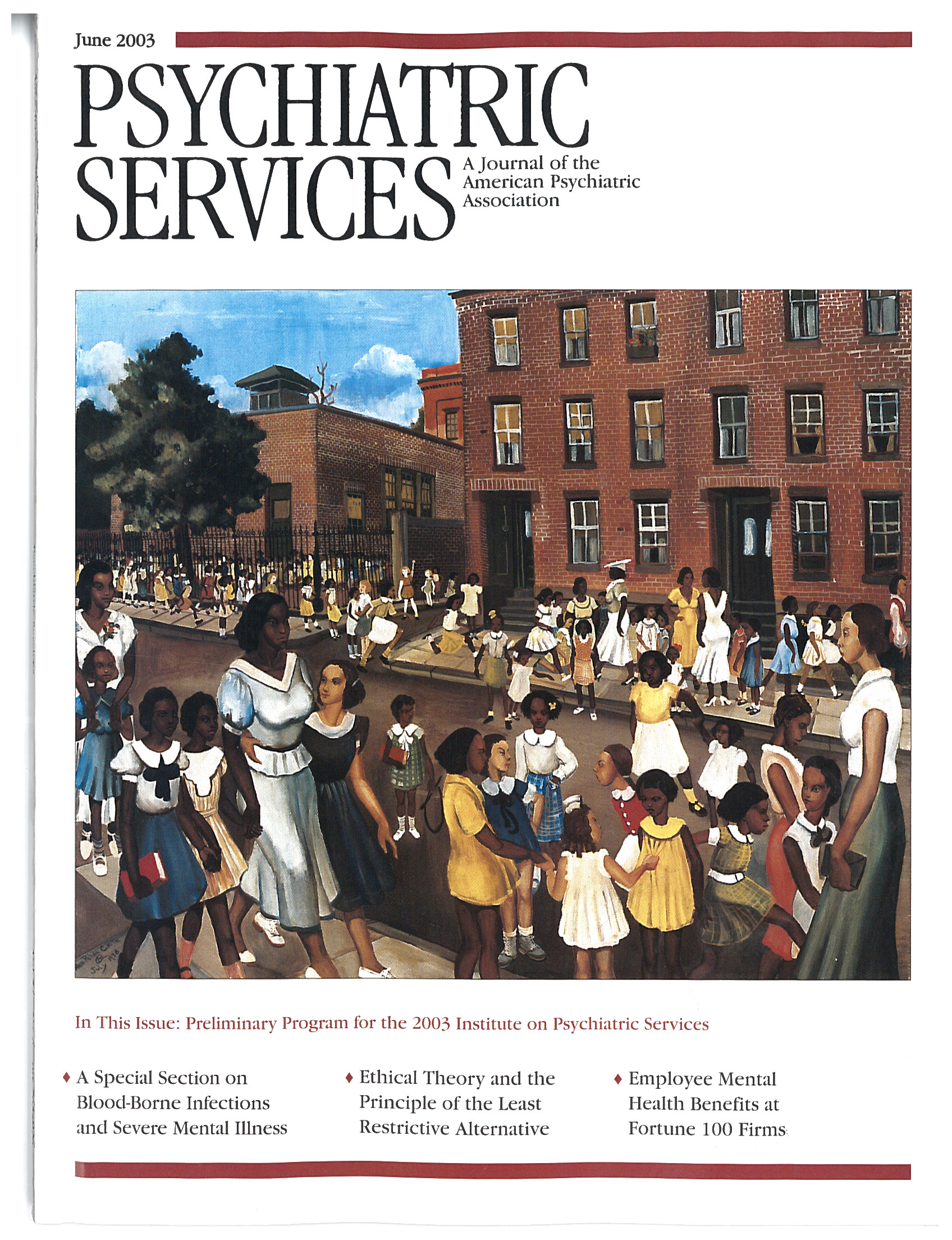Home Care Nursing and Detection of Depression
To the Editor: It is indeed problematic that depression among elderly persons often goes unrecognized and untreated, particularly among those with chronic illnesses. However, the conclusion drawn by Brown and her colleagues in their article in the February issue (1) that home health care nurses have difficulty making accurate assessments of depression must be interpreted with caution, for several reasons.
We accept that the Structured Clinical Interview for Axis I DSM-IV Disorders (SCID) and the best-estimate procedures used by Brown and her colleagues reflect the state of the art in current diagnostics. However, the conclusions reached by the authors may not have taken into account several factors. First, several weeks went by between the administration of the SCID and the nurses' assessments, and patients' symptoms may have changed. In particular, the diagnostic status of patients who just met or failed to meet threshold diagnostic criteria may have changed during that time. Indeed, test-retest reliability of the SCID even among the most well-trained psychiatrists is conspicuously poor (kappa=.37 for current diagnoses and .51 for lifetime), which is due not only to the lack of reliability of the instrument but also to the typical ebb and flow of illness symptoms and differences in patients' recollection and disclosure (2). In clinical practice a continuous measure of illness severity may be preferable to a dichotomized diagnostic procedure.
Second, the setting is important. Formal administration of a diagnostic interview may elicit different responses than a less formal intake interview in the home. Third, Brown and colleagues did not report whether the nurses were better able to detect depression among patients with more pronounced symptoms. Coyne and associates (3) noted that in a sample of more than 1,500 patients, primary care physicians detected major depression among only 35 percent of patients who were independently given this diagnosis; for patients with any depressive disorder, the detection rate was 28 percent. However, rates of detection and treatment were higher for patients with more severe symptoms. Therefore, it is reasonable to expect that nurses would be better able to detect depression in more severe cases and that patients with the greatest need for treatment may well be getting it. In other words, the situation may be less dire than it would appear from the findings of Brown and colleagues.
Finally, what seems most important to us is that the study lacked a comparison group of other professionals with which to compare the accuracy of the assessments by home health nurses. If primary care physicians, psychiatrists, psychologists, or any other type of health care professional used the assessment procedures that were used by the home health nurses, would their diagnostic assessments be any more accurate? Indeed, it has been suggested that family members and significant others are often more sensitive to subtle changes in patients' mental health status than are any health professionals (4). Brown and colleagues' conclusion that there is a need for improvement in the education of nurses may be correct; however, the implication that home health nurses are more deficient in their ability to care for depressed elderly patients than are other health care providers is unwarranted in the absence of an actual test of that hypothesis.Given the increasing need for competent elder care, studies in this area require more careful conceptualization, more rigorous research designs, and more cautious interpretation of results.
Dr. Blank is affiliated with the Center for Mental Health Policy and Services Research in the department of psychiatry at the University of Pennsylvania School of Medicine in Philadelphia. Dr. Kane directs the division of family, community, and mental health systems at the University of Virginia School of Nursing in Charlottesville.
1. Brown EL, McAvey G, Raue PJ, et al: Recognition of depression among elderly recipients of home care services. Psychiatric Services 54:208-213, 2003Link, Google Scholar
2. Williams JBW, Gibbon M, First MB, et al: The Structured Clinical Interview for DSM-III-R (SCID): II. multi-site test-retest reliability. Archives of General Psychiatry 49:630-636, 1992Crossref, Medline, Google Scholar
3. Coyne JC, Schwenk TL, Fechner-Bates S: Nondetection of depression by primary care physicians reconsidered. General Hospital Psychiatry 17:3-12, 1995Crossref, Medline, Google Scholar
4. Fox JC, Blank MB, Kane CF, et al: Balance theory as a model for coordinating delivery of rural mental health services. Applied and Preventive Psychology 3:121-129, 1994Crossref, Google Scholar



